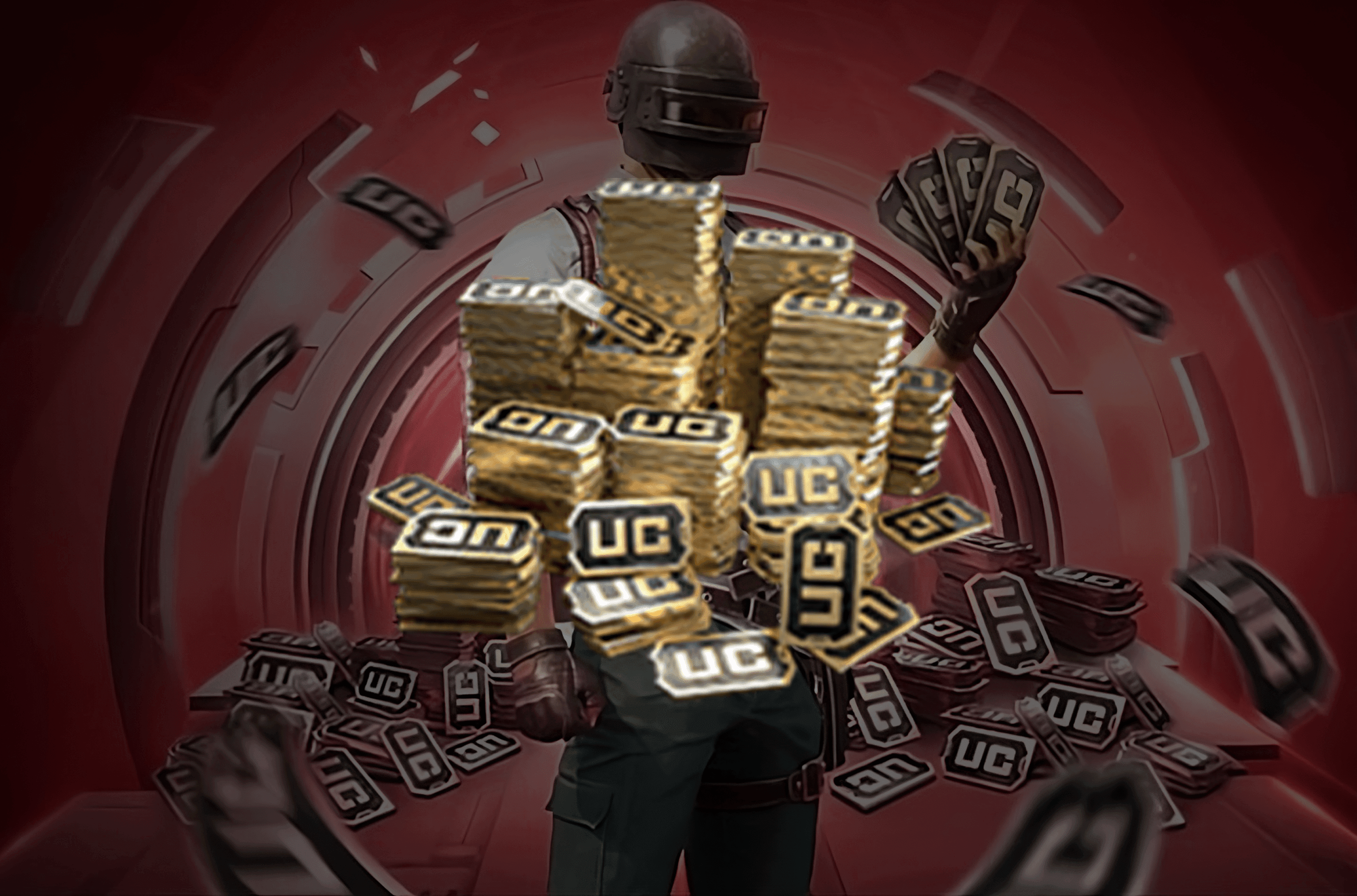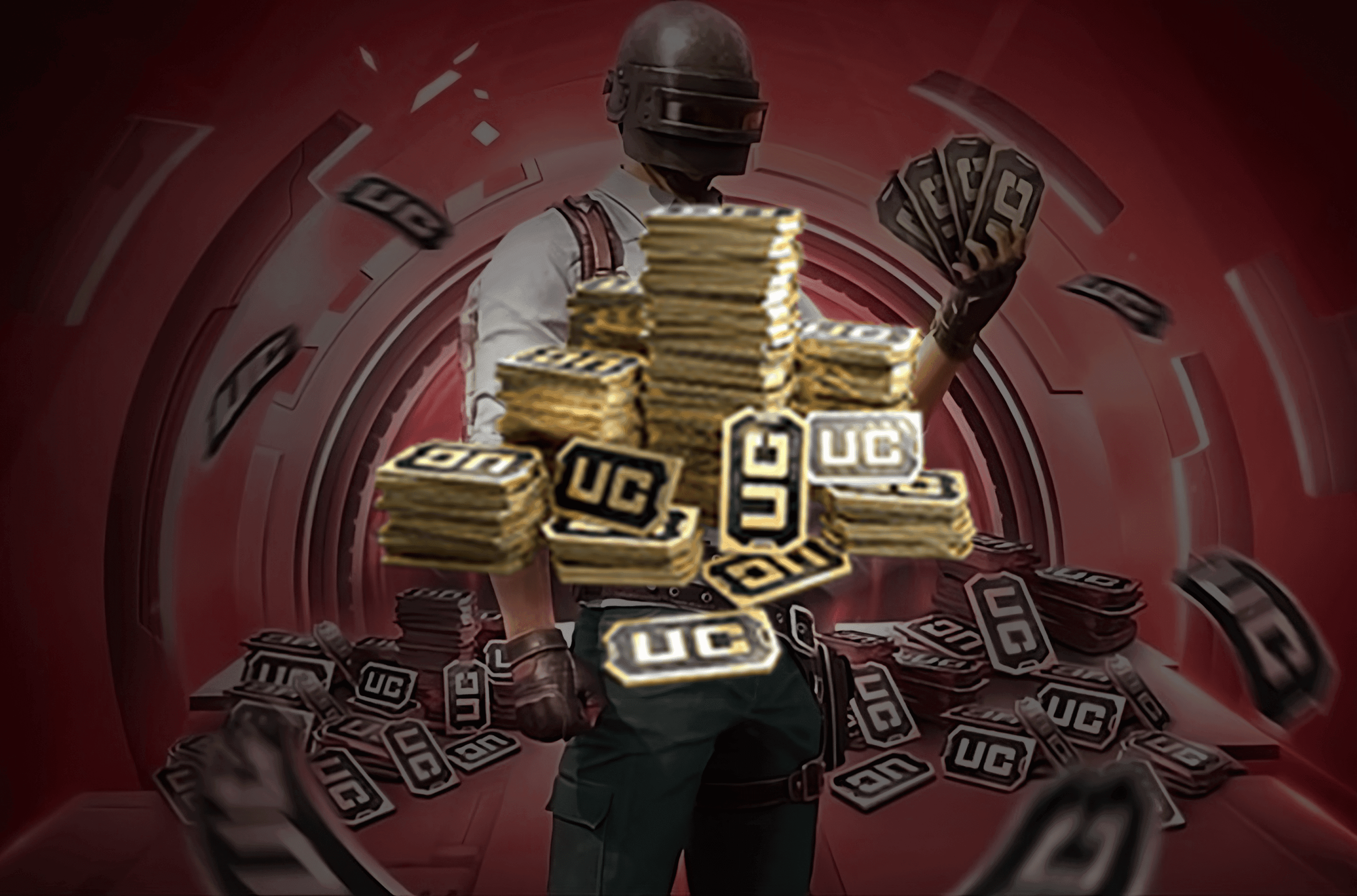Many game sequels tend to play it safe by sticking closely to the formula that made the original successful, but *Frostpunk 2* takes a bold leap in a new direction. While it’s still set in the same unforgiving, frozen world, this follow-up reinvents the city-building strategy that defined its predecessor. Almost everything feels fresh, from how buildings are placed to the resource and heat management systems. The game’s political system is particularly noteworthy, offering a unique way to engage with the people of New London through a system of negotiations reminiscent of a representative democracy. Although the zoomed-out perspective sacrifices some of the intimate atmosphere that made the first *Frostpunk* stand out, it still presents a multitude of tough, morally gray decisions as you build and manage your society.

The icy, oppressive atmosphere remains a highlight, bolstered by chilling weather effects and dramatic music that swells with the tension in your city. Initially, the absence of visible citizens walking the streets (a memorable feature of the first game) felt like a drawback, but the interactions from citizens commenting on your decisions, combined with humorous announcements over loudspeakers, help bring life to the city. The snow-covered map, while naturally uniform in its whiteness, gains character with cliffs and mountains, and as you develop your city, it becomes more colorful with intricate districts and power lines that glow red when tensions rise.
The five-chapter Story Mode serves as an introduction to the more expansive Utopia Builder sandbox mode. While light on plot, it provides a bridge between the events of the first game and *Frostpunk 2*, focusing mainly on poignant vignettes of life in the frozen wasteland. As you manage housing, food, resources, industry, and logistics through multi-tile districts, you’ll encounter a variety of upgradeable buildings and adjacency bonuses that add layers of complexity to the city-building puzzle.

However, some mechanics feel like unnecessary busywork. The frostbreaking system, which requires clearing batches of tiles before construction, fits with the game’s narrative but slows down the gameplay. Additionally, the inability to move individual tiles without demolishing entire districts can be frustrating, although at least you’re refunded your resources.
Exploration plays a larger role this time, with a more intricate Frostlands map. Scouts dispatched on missions discover valuable resources and population centers, which you must connect via roads to ensure a steady supply. The system is much deeper than the original, allowing you to establish outposts and even satellite colonies to sustain New London. While it’s a side activity, the rewards are vital, making it an engaging part of the experience.
One drawback, however, is that you can’t monitor your factions while managing resource operations outside the main city. This can lead to problems spiraling out of control before you notice. Additionally, the map can be enormous, and a further zoom-out option would make it easier to track your scouts’ progress.

The challenge of maintaining the central generator, while typical for resource management games, is intensified by recurring Whiteout storms. These storms completely halt your external supply chains, forcing you to rely on stockpiled resources for survival. As a result, simply producing enough to get by isn’t enough—you need to overproduce to avoid mass casualties during these frozen shutdowns.
Though there are some minor technical bugs, like delayed response to dialogue choices or interface overlaps, they don’t detract significantly from the experience. Performance issues can arise with larger populations, but these are common in games of this type.
At the heart of *Frostpunk 2* are its faction and government systems. Balancing the competing demands of different citizen groups is crucial. While you won’t lose the game by having your colony wiped out, failing to maintain trust or letting tension escalate can lead to your downfall as leader. The game expertly creates a scenario where societal collapse is always just one bad decision away, keeping the stakes high throughout.







